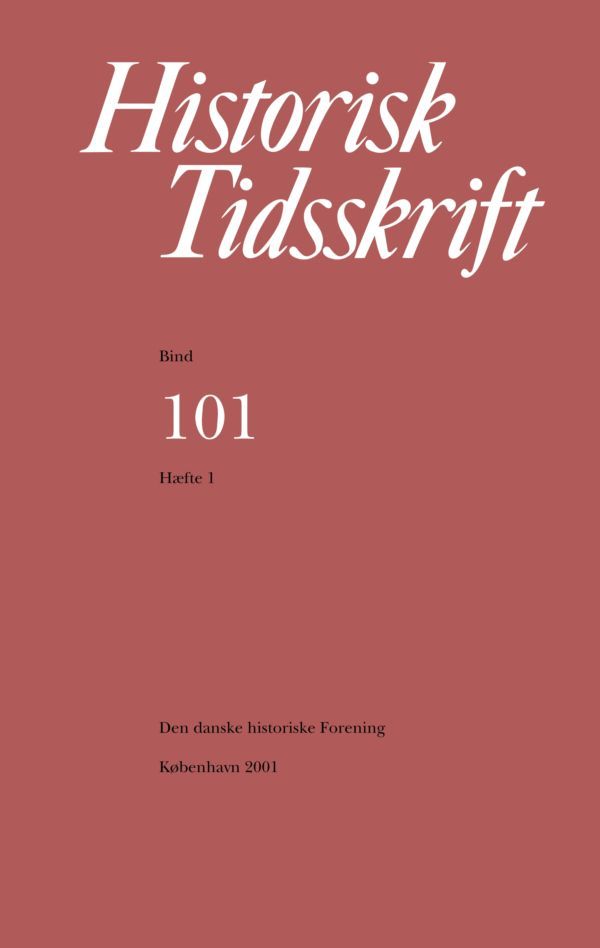Befolkningsfald, landgildefald og jordpriser i det 14. århundrede
Resumé
The Population Decline, the Decrease of Manorial Dues, and the Price of Land in Fourteenth Century DenmarkThe evidence of a population decline in Denmark in the fourteenth century consists primarily of deserted farms and a decrease of manorial dues. In 1931 the Danish historian C.A. Christensen demonstrated a sharp drop in manorial dues and dated it, on the basis of Zealand land prices, to the 1330s and 1340s, which meant, as he himself pointed out, prior to the Black Death. I 1964 he showed that the number of deserted farms culminated only about 1400. He correctly viewed the drop in manorial dues against the background of the population decrease and the abandoned farms, and he managed to find an explanation of the chronology by combining Russel's analysis of the late and cumulative effects of the plague epidemics with Postan's Malthusian theory. According to this explanation the overpopulation crisis had already set in by 1300, leading in turn to a decrease in population and the initial desertion of the farms.Today the historian must consider the epidemical plagues as the crucial factor, and substantial evidence regarding deserted farms, except in the case of wars, dates at the earliest from 1360 or 1370. The question then is whether the sharp decline in manorial dues can really be dated as early as the 1330s. C.A. Christensen claimed in his 1931 analysis of land prices that the level of interest on loans with a lien on land was about 10% throughout the whole fourteenth century. It can be shown, however, that the level of interest after 1330, due no doubt to extremely unstable political conditions (war, the Holstein occupation,[p. 16]taxes), rose to over 15% and stayed there for decades. It must be concluded,therefore, that the drop in the price of land in the 1330s was due solely to the high rate of interest and tells us nothing about a decline in manorial dues. Together, the price of land and the level of interest show that the decline in manorial dues, like the deserted farms, belong to the period after 1360.The fact that no immediate economic effects of the Black Death can be ascertained accords with the situation in England. After the first great epidemic of the plague there was still a sufficient supply of labour, despite the enormous death rate. It was subsequent epidemics that induced the shortage of labour and consequently the desertion of the farms.Translated by Michael WolfeDownloads
Publiceret
Citation/Eksport
Nummer
Sektion
Licens
Ophavsret til bidrag i Historisk Tidsskrift tilhører forfatterne og Den danske historiske Forening som udgiver af Historisk Tidsskrift. For illustrationer gælder den ophavsret, som står anført i billedteksten. Ophavsretslovens almindelige bestemmelser gælder, hvilket vil sige, at ophavsretten gælder i 70 år efter forfatterens død. Bidrag i Historisk Tidsskrift må derfor, med forbehold for en ”moving wall” på tre år, frit downloades, læses, gemmes, anvendes og citeres (med kildeangivelse) i privat og videnskabelig sammenhæng, men de må ikke helt eller delvis genudgives af tredjepart, heller ikke i redigeret form, uden tilladelse fra forfatterne og Den danske historiske Forening. Henvendelse skal i så fald rettes til Historisk Tidsskrifts redaktion på histtid@hum.ku.dk.





